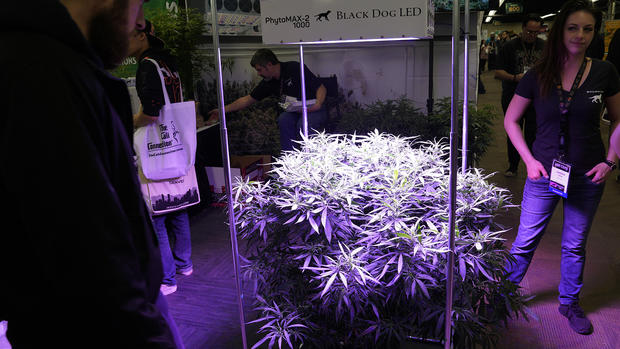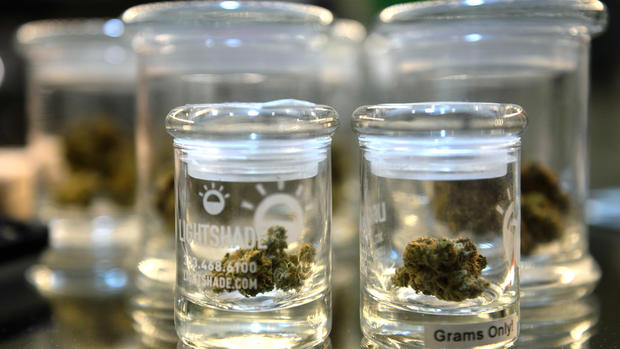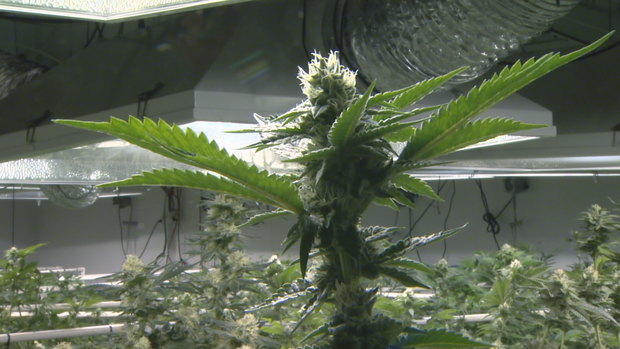CSU Study: Indoor Cannabis Grows Produce 'Giant' Carbon Footprint
(CBS4) -- A new study by Colorado State University researchers suggests the indoor production of cannabis draws heavily on electricity needed for heating, venting, and and air conditioning no matter where in the country the operation is located. This in turn creates a relatively large carbon footprint and contributes to increased production of atmosphere-damaging greenhouse gas emissions.
CSU, in announcing the study's publication March 8th in the online journal Nature Sustainability, called the current demand for cannabis product "insatiable" and the resulting carbon footprint of indoor grow operations "giant."
Cannabis sales grossed $13.6 billion in the U.S. in 2019. Projections show the industry growing exponentially.
"We would like to try and improve environmental impacts before they have become built into the way of doing business," said Evan Sproul, a research scientist in mechanical engineering. Sproul teamed with graduate student Hailey Summers and Summers's advisor, Jason Quinn, an associate professor in the Department of Mechanical Engineering, in creating the study.
They measured greenhouse gas emissions attributable to the power demands (electricity and natural gas) of indoor grows. High-intensity grow lights and growth-enhancing supplies of carbon dioxide contributed, but the greatest amount of power consumption came from environmental controls. Those numbers fluctuated depending on the local climate – whether in Florida, which requires excessive dehumidifying, or Colorado, where heating is more important.
They compared those measurements to the emissions from electricity use in outdoor and greenhouse cannabis growth, and found a significant difference.
The group also created a map detailing average electricity and natural gas consumed per kilogram of dried flower grown indoors in every county in the country.
Quinn also explained that in Colorado, many grow operations are required to be in close proximity to retail storefronts, and this has caused an explosion of energy-hungry indoor warehouses in urban areas like Denver. According to a report from the Denver Department of Public Health and Environment, electricity use from cannabis cultivation and other products grew from 1 percent to 4 percent of Denver's total electricity consumption between 2013 and 2018.
In the department's resource management guide to growers, it stated, "Indoor cannabis cultivation uses the largest amount of energy when compared to any other production method, and creates the largest associated carbon footprint."
The group is seeking additional funding to continue its work, according to CSU.
"We knew the emissions were going to be large," Summers said, "but because they hadn't been fully quantified previously, we identified this as a big research opportunity space. We just wanted to run with it."






